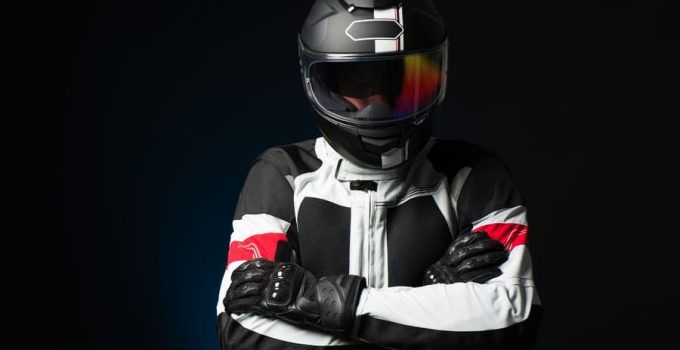
Anyone who rides a motorbike, or is considering buying one, knows that the use of a helmet is extremely important for safety and is mandatory for both the rider and the passenger. There are different types, but not all of them guarantee absolute safety. Therefore, it is important to know which model is best for the type of rider, and also for the type of riding. For those who want to know how to choose a helmet, here are some important tips to keep in mind.
How to measure for size
The best way to find the right helmet size is to use a tape measure. Place the tape measure around your head. It should not rest at the nape of your neck, but run along your head over your ears and meet about a thumb’s width above your eyebrows. A helmet should have a snug, but not tight fit. If it moves when you wear it, it is too large. Compare this with the manufacturer’s size chart to find the perfect fit for you.
Open face
They are the evolution of the older helmets and usually their construction consists of an acrylic visor that follows the length of the face. These models are lighter and airier, and can protect the head – but not the neck or nape of the neck. Therefore, they are not suitable for those who want to ride a motorbike that reaches high speeds, as they do not offer absolute safety for this type of riding.
Modular
This type of helmet protects the head, neck and nape of the neck and includes a wider plastic protector that can reach up to the chin. The visor also allows the entire front section to be raised. These are not suitable for high-speed riding, as they do not protect the chin in the event of an impact. They are, however, among some of the lightest.
Full-face

As the name implies, this model guarantees total protection and is the safest of all. It protects the ears, neck, and throat – and has a front shield to protect the face, including the chin. They are considered particularly quiet, ev en if they cannot completely suppress wind noise.
Motocross and Enduro
These types of helmet are open, which allows for better side vision, as well as the use of goggles. Always try the helmet on by rotating your neck in several directions, and making sure that it does not restrict any type of movement.
Safest Helmets
The Sharp Institute recently published the latest list of the safest helmets. It is a British government organisation that specialises in testing helmets. It analyses the products in a 5-star system and publishes them to ensure more safety for motorbike riders. As an independent institution supported by the government, Sharp is not dependent on advertising or the marketing of helmet manufacturers and can therefore carry out neutral and scientifically based tests. A reliable result is therefore guaranteed. Some of the safest helmets listed are the AGV Corsa R, the Arai GP5X, both full-face helmets, and the BMW Flip-Up 5, just to name a few.
What is the lifespan
If you use it regularly, the average service life is three to five years. Of course, the time frame also depends on the material and quality. Polycarbonate helmets should be replaced every three to four years and fibreglass every six to eight years. If it has any type of crack, you should replace it right away.


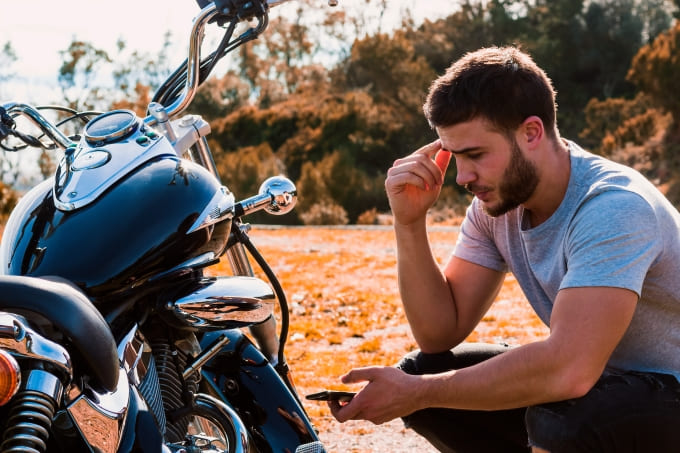

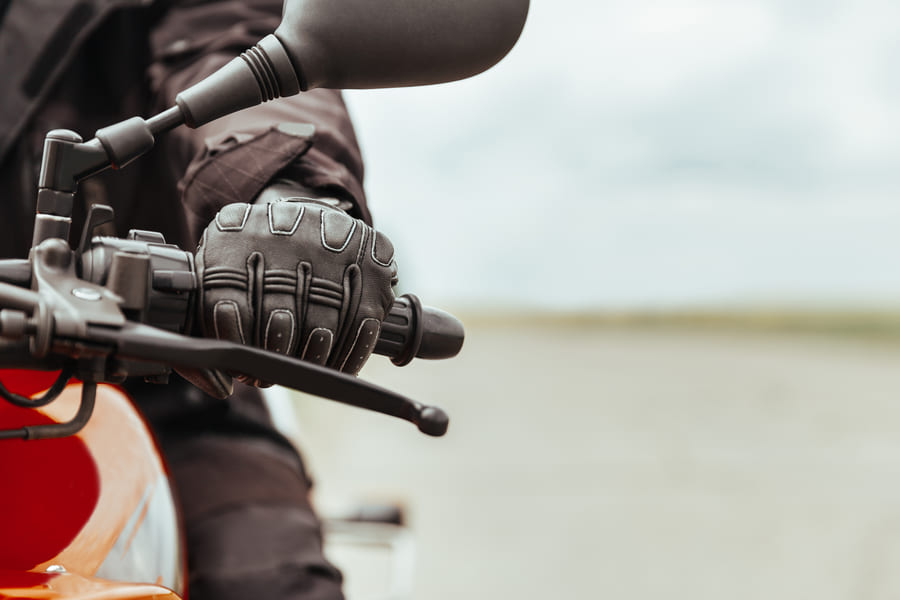
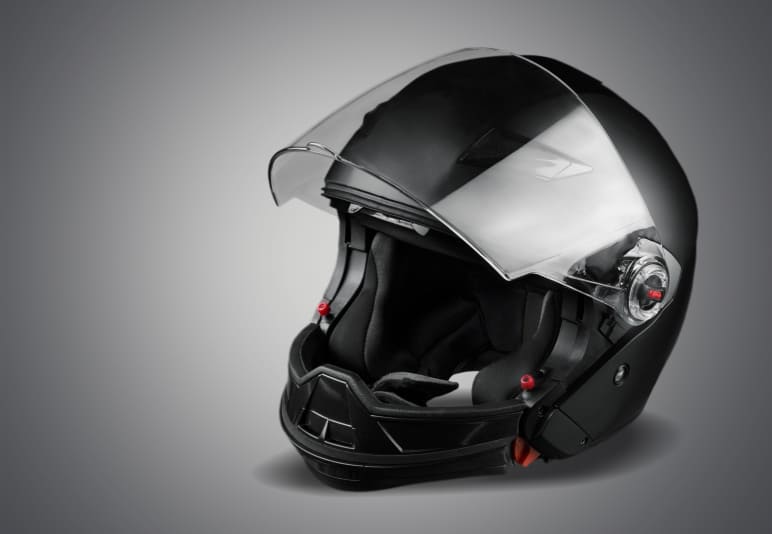
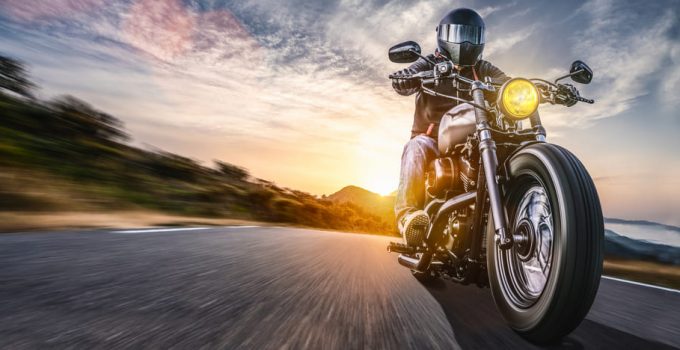

Comment